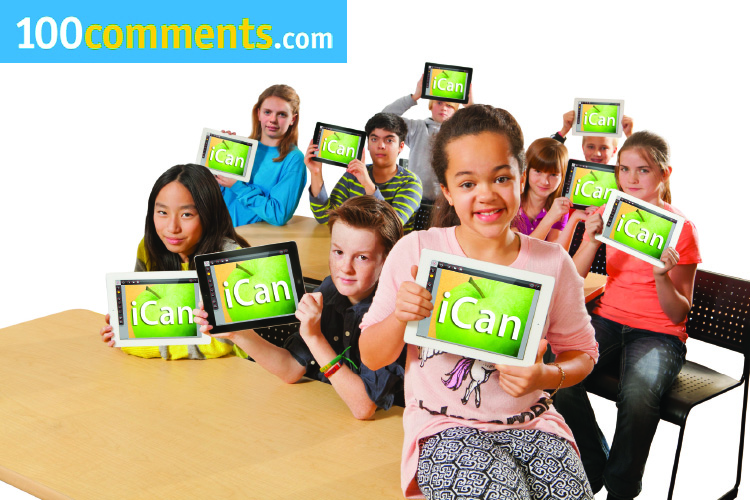As we gear ourselves into an increasingly paperless society, it is important to note how this affects everything, particularly the education scene. In this article, we’ll explore education using gadgets, because whether you like it or not, it is a continuously evolving process and it is here to stay.
The American education sector spent USD7 billion for computers, laptops and tablets in 2014, according to a report from International Data Corporation (IDC), where else the global market intelligence firm said 13.2 million systems were shipped which constituted to more than 33% more than the year before.
This should come as no surprise, for most kids today have probably never used a chalk and written on a blackboard, unless of course the environment is far less modern and equipped with back-dated infrastructure.
Table of Contents
Changing the way teachers teach and students learn
Technology has seen big changes in schools, teachers and students. It is true that using gadgets will focus on empowering educators and inspiring students to achieve more but the responsibilities too have shifted. It is no longer the sole prerogative of a teacher to construct lesson plans. With the advent of technology, the process allows students, alongside teachers to dream up new ways to make tablets part of their everyday teaching and learning efforts.
However, it is important to note the teaching methodologies employed while using a tablet and what are the most sufficient ways of delivering information.
Mass learning
American educators and authors of the book iPads in the Classroom: From Consumption and Curation to Creation, Tom Daccord and Justin Reich said: “When you look at the very best work happening in iPad classrooms, you’ll see students creating media, showcasing their understanding, collaborating with peers, and communicating with broad audiences. The pockets of excellence are ever-present and inspiring. On a personal educational gain, at the most, tablets are used to distribute resources and enable students to take notes.”
This goes on to show that activities involving group work or lessons involving interaction with others succeed while individual work might face some hindrance in the learning development.
Simply put, tablets are not just excellent research tools, but they’re very mobile too. Look into how a class is conducted at your child’s school and see if the tasks set are more of them working on their own or involves activities of them moving about, preparing a group presentation or perhaps making a movie.
Strategy skills
Remember how you waited for your teacher to set up that one sole projector in class to show several slides? Do you remember how you were busy chatting or doodling in your notebook while impatiently waiting for class to begin?
It’s quite the same if you intend to teach your child with a tablet. Try to minimise downtime setting up. Give the instructions prior to handing out the tablet to your child. This will keep your child focused on your instructions rather than fiddling with the tablet while half-heartedly listening to you.
Or one could also use a single tablet for instructions prior to handing out tasks to avoid any distraction.
If you’re a teacher and face some challenges constructing lesson plans using a tablet, there are plenty of apps that you might find useful to streamline your teaching efforts. The Showbie app is one popular choice, available on both Apple and Android operating systems.
However, in a classroom setting, as Daccord and Reich said: “To make the most of the investment in tablet computers, school leaders need to do three things. First, they need to work with their communities to articulate a clear vision for how new technology will improve instruction. Second, they need to help educators imagine how new technologies can support those visions.” Finally, they need to support teachers and students on a developmental journey that will take them from using tablets for personal purposes to using them for curation, creation, and connection in teaching.
Buying the gadgets and knowing that they’re intended for educational purposes will not be enough. It does not address how they will benefit students, unless otherwise stated. As such, if the child is placed in such an environment, it is always encouraged for the parent or guardian to monitor the development at school or play a proactive role and provide guidance where necessary.
Maintaining focus
All those buttons, sounds, YouTube channels and ultimately the Internet! Imagine the excitement of watching videos of One Direction or texting a friend through Facebook’s Messenger app. A couple of key tips here is to either limit Internet browsing time or switch the tablet to ‘Airplane’ mode. The classroom will have better engagement as a result.
Keep going forward
We’re all increasingly becoming digital citizens. Students today are able to demonstrate new apps and mobile technology that they have discovered on their own. Not only will it give you, the parent or teacher, new ideas for teaching platforms and course integration, but it will also encourage students’ creativity and engagement.
It gives everyone an opportunity to shift their way of thinking about teaching and learning apart from noting that it is especially relevant in the light of the computing curriculum, which puts a new emphasis on children as makers and creators of digital content.
















